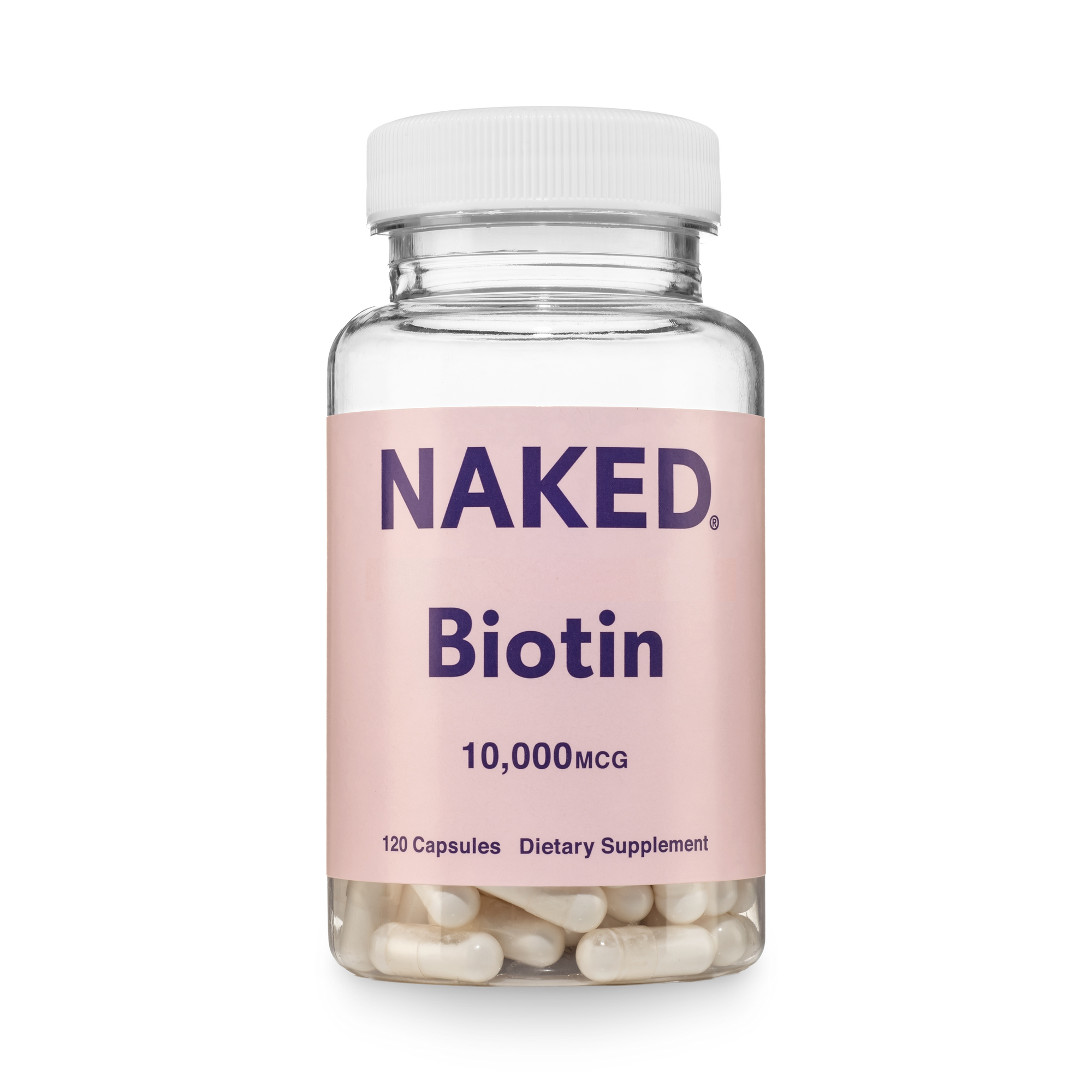Most people hit the gym to build muscle, lose fat, or simply feel healthier. But what if every rep, sprint, or set you complete was also training your brain?
Beyond shaping your body, exercise is one of the most powerful ways to strengthen the mind; improving focus, memory, and long-term brain health.
This brain-boosting effect comes from a molecule called BDNF. Research over the last 15 years has produced an increasingly strong consensus on the positive effects of exercise for BDNF production, giving just another compelling reason to make regular exercise a priority.
In this article, we’ll explain just what BDNF is, the part that exercise plays in BDNF production, and how you can create a fitness regimen that benefits both body and mind.
What is BDNF?

BDNF, short for Brain-Derived Neurotrophic Factor, is a protein that acts like fertilizer for your brain. It helps your brain grow new cells, strengthen existing ones, and form better connections, all of which is essential for sharp thinking, strong memory, and mental clarity.
Most BDNF is made in the hippocampus (the brain’s center for learning and memory), but it’s also produced in other organs like your muscles and heart. And when you exercise, your muscles release signals that boost BDNF.
You could think of BDNF as your brain’s “growth hormone.” Higher levels mean faster learning, better mood, and more protection against aging and stress.
Lower levels, on the other hand, are linked with slower thinking, memory issues, and greater risk of cognitive decline.
Simply put, the more you move, the more BDNF you make, and the better your brain performs.
Why BDNF is So Important

BDNF is one of the key drivers of brain health. It supports learning, memory, and focus while protecting your neurons from damage and decay.
Numerous studies have found that high levels of BDNF are linked to better cognitive performance, improved mood, and greater resistance to stress and depression. (1, 2, 3).
On the flip side, low BDNF levels are associated with brain fog, slower thinking, and a higher risk of neurodegenerative diseases like Alzheimer’s and Parkinson’s.
It’s also one reason some people experience mental fatigue or emotional flatness when they’re inactive or under chronic stress.
BDNF naturally declines with age, which can make memory, focus, and problem-solving feel harder over time, and makes maintaining BDNF production even more crucial as you get older.
How Exercise Boosts BDNF

Scientific research comes to an overwhelming consensus that exercise is the single most powerful natural way to increase BDNF.
Among all lifestyle interventions studied (from diet to supplements to sleep) nothing has a more consistent and profound impact on brain-derived neurotrophic factor than moving your body.
The Evidence
Over the last two decades, dozens of studies have shown that physical activity can elevate BDNF levels almost immediately, and sustain that boost with long-term training.
For example, a landmark study in Frontiers in Cellular Neuroscience found that just one 40-minute session of moderate-to-vigorous cycling increased circulating BDNF by roughly 30% in young adults.
Another trial published in PLoS ONE demonstrated that six short sprints (only 40 seconds each) led to a four- to five-times increase in plasma BDNF compared to steady, low-intensity cycling.
Longer-term studies show that regular exercise changes the brain structurally. In older adults, six months of consistent dance-based aerobic training increased hippocampal volume and blood BDNF levels, both crucial markers of memory and cognitive function.
Animal research reinforces this pattern: when BDNF signaling is blocked, the cognitive benefits of exercise vanish, proving that BDNF isn’t just a side effect; it’s the mechanism through which exercise upgrades the brain.
In short, when you move, your brain starts growing.
The Mechanism Behind Exercise & BDNF
Scientists once thought BDNF was produced only in the brain, but we now know it’s also made in muscle tissue during exercise.
When you train intensely, your muscles produce lactate: the metabolic byproduct behind that familiar “burn.”
Think of lactate as a messenger. Once in the bloodstream, lactate travels to the brain and crosses the blood-brain barrier, where it acts as a signal to turn on BDNF gene expression.
This process stimulates neurogenesis (the creation of new neurons) and enhances neuroplasticity, allowing existing neurons to form stronger connections.
Essentially, every hard effort sends a biochemical wake-up call to your brain to grow, adapt, and perform better.
There’s also a secondary pathway involving myokines, small proteins released by contracting muscles.
These molecules (including irisin and cathepsin B) further stimulate BDNF production both in the brain and the bloodstream, creating a feedback loop between movement and mental function.
What Kind of Exercise is Best for BDNF?

While nearly any form of movement is beneficial, intensity and duration determine the size of the BDNF response.
Studies show exercise performed at roughly 65-85% of your max heart rate for 30-40 minutes tends to produce the strongest, most sustained BDNF boost (about one-third higher than baseline).
This intensity typically corresponds to a challenging but steady effort, such as running, rowing, or cycling where you can still speak in short sentences (on the higher end of Zone 2 cardio, or a little above).
But if you want higher BDNF spikes, push the intensity higher.
Short bursts of all-out effort followed by brief rest (as in HIIT training) produce dramatically higher BDNF spikes because of the greater lactate production.
One study found that just six 40-second sprints increased BDNF up to fivefold, correlating directly with lactate levels.
HIIT workouts like the Norwegian 4x4 protocol (four minutes hard, three minutes recovery) or double Tabata cycling sessions are especially effective.
Besides intensity, consistency is important. The BDNF surge after a workout is temporary (usually lasting less than an hour) but the cumulative effects of consistent training are long-lasting.
Regular exercisers show higher baseline BDNF, better memory performance, and even larger hippocampal volume compared to sedentary individuals.
The Takeaway: Exercise Is Brain Training
There is a clear, tangible link between physical effort and mental power.
When you challenge your body (especially through intense exercise) you activate a molecular switch that tells your brain to grow.
Whether it’s a 30-minute run, a round of intervals, or even a vigorous dance session, every drop of sweat translates to more BDNF, more neural connections, and a healthier, more resilient brain.
For a further added boost to both brain and body, try our caramel protein coffee made with premium grass-fed whey protein and pure Colombian coffee.
Protocols & Lifestyle Habits That Support BDNF

If you want to maximize your BDNF production, the type and quality of your exercise matter. But so do your lifestyle habits. Neuroscience research shows that combining movement with supportive routines can supercharge your brain’s growth potential.
For training, aim for 30-40 minutes of moderate to vigorous exercise, such as running, cycling, or full-body strength circuits, two to three times a week.
Sprinkle in high-intensity intervals (HIIT) once or twice weekly to trigger the biggest BDNF response through lactate production. Outdoor workouts are especially effective, as sunlight and fresh air further enhance mood and brain chemistry.
Beyond exercise, several other habits help sustain high BDNF levels. Regular sauna sessions or hot baths raise core body temperature, mimicking the beneficial stress response of exercise and boosting BDNF naturally.
A diet rich in omega-3 fatty acids (from fish, chia seeds, or flax) supports neuronal growth and protects the brain from inflammation.
And don’t overlook the basics: sleep and stress management. Chronic sleep loss and high stress both suppress BDNF. Prioritizing seven to nine hours of quality rest, plus simple recovery practices like walking, meditation, or journaling, keeps your brain chemistry in balance.
Final Thoughts
When you train, you’re not just building muscle or burning calories; you’re also training your brain.
Every rep, sprint, and sweat session sparks the biological signals that strengthen neurons, sharpen focus, and boost long-term brain health through BDNF.
This molecule is the reason you feel clear-headed and mentally sharp after a great workout. It’s your brain’s way of rewarding movement, and reinforces that motion truly is medicine.
When paired with consistent sleep, stress control, and nourishing foods, exercise becomes one of the most powerful tools for improving cognitive performance and protecting against age-related decline.













